I am new to git and github, so bear with me.
Here's the scenario:
I forked a repo, created a branch named
patch-3, made some changes, and submitted a pull request to the original owner.A week passes by, and I decide I want to "resync" my old fork, so I delete the old fork, and refork the original project so I can have the most up-to-date version.
The old pull request is still open, and the original owner replies back saying he wants to merge my changes, but
patch-3has disappeared. He then asked me if I can "repush" it.I go back to my new fork, and create a new branch called
patch-3and reapply my initial changes. That's it.
My question is: will the old pull request now pick up the new patch-3 branch I created in the new fork, so the original owner can merge my changes? I did not see any indication of what I did in the old pull request page... so something seems to be off here.
Any help is appreciated! Thanks!
